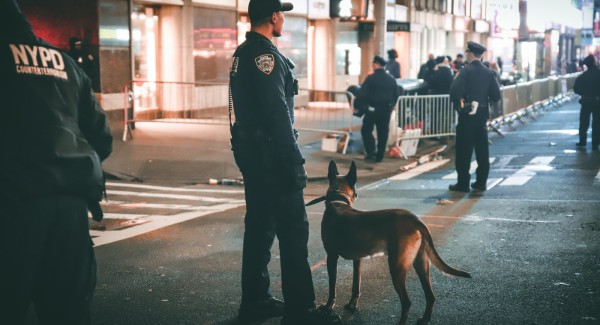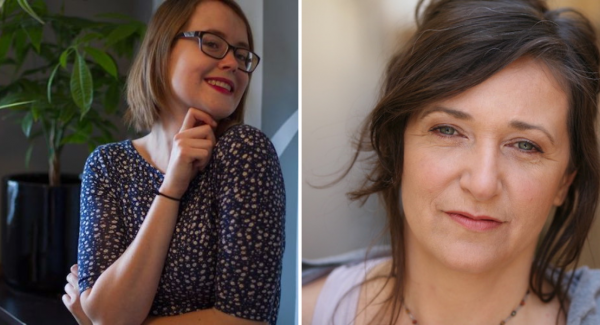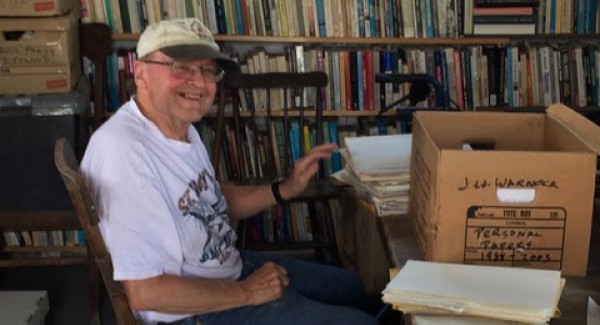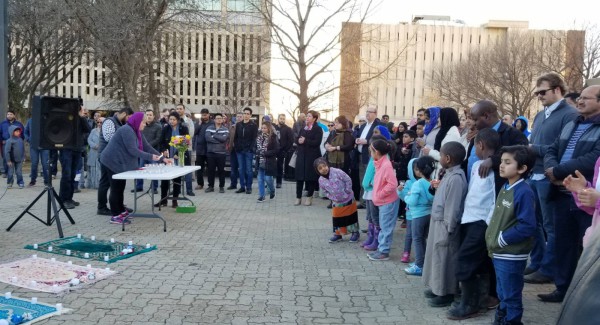A fair day in – and out of – court
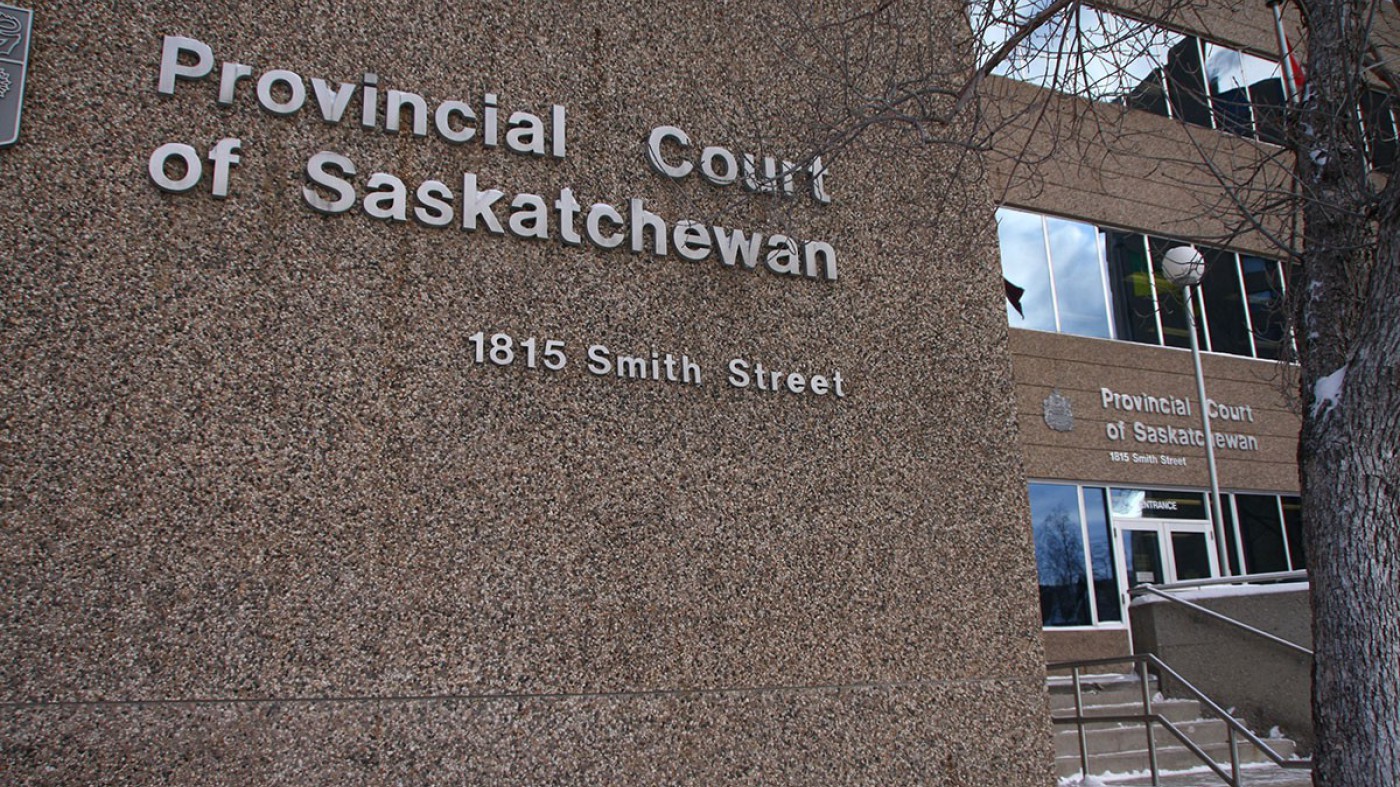
There are many reasons someone would struggle while navigating Saskatchewan’s court system: disability, poverty, lack of access to the internet, houselessness, mental health crises, challenges with addictions, and intergenerational trauma. A number of programs have been introduced to the criminal justice system to help defendants navigate a complex and high-stakes system: the Aboriginal Courtworker Program, the Alternative Measures Program, and therapeutic and treatment courts including the Mental Health Disposition Court and the Domestic Violence Court.
But community advocates say there is still a lot to be done before defendants in Saskatchewan get a fair day in – and out of – court. The experiences of criminalized women and youth in the province show how much further Saskatchewan has to go when it comes to addressing the social and economic situations that underpin crime.
“We often struggle in finding supportive transitional options for single women who are involved in the justice system.”
According to Jonna Reaume, a social worker and associate executive director of the Elizabeth Fry Society of Saskatchewan, one of the most significant challenges women face while navigating the criminal justice system is access to safe, affordable, and consistent housing.
“We often struggle in finding supportive transitional options for single women who are involved in the justice system,” she says, “whether they need a place to live while they are on bail and awaiting trial or if they have just been released from custody. While many different housing programs exist across the province to meet different needs, a lot of the programs are for women with children. While most women that we work with are mothers, they may not have their children in their care yet, and often they need to find safe, stable housing before their kids can return to them. We don’t have a lot of housing programs specifically for women exiting the justice system or at risk of becoming involved in the justice system.”
On their website, the Elizabeth Fry Society says one of their long-term goals is to provide housing for women involved with the justice system or fleeing violence, because they say these women are often denied a bed at a transitional shelter if they are honest about their reasons for needing help – for example, if they are trying to leave a gang.
Some youth advocates say they have observed a pattern of young adults becoming involved or reinvolved in criminal activities around their 18th birthday – when they abruptly lose much of the youth-oriented support from the Ministry of Social Services, including their housing, while some funding remains available until they turn 21. In fact, turning 18 carries a double risk – criminal sentences become more severe just as the housing, financial, educational, and social services supports that these new adults had relied on for years disappear.
In 2019, Saskatchewan had 3,412 youth in care, 86 per cent of whom were Indigenous. A 2018 thesis by Blake Stewart at the University of Western Ontario found that youth who have experienced the child welfare system are more likely than their peers to cross over into the youth justice system.
In fact, turning 18 carries a double risk – criminal sentences become more severe just as the housing, financial, educational, and social services supports that these new adults had relied on for years disappear.
Andrea Kotlar-Livingston, the executive director of the Fetal Alcohol Spectrum Disorder (FASD) Network of Saskatchewan, says a number of her organization’s clients also struggle to navigate the “difficult, high-level” justice system – to the point that the FASD Network specifically employs a justice support worker to help adults living with FASD who are involved in a legal case.
“If people don’t have help, they can breach their parole conditions by accident – for example, if they don’t have housing or they move, and they didn’t tell their probation officer because they weren’t aware that was an issue,” she says. “Or if they don’t understand the importance of reporting. Or if they can’t get there, because transportation or remembering the date is sometimes an issue.… And lots of times, our clients are just saying yes and agreeing to things because they don’t necessarily want people to realize they don’t understand – they don’t want to look stupid.”
Making mistakes – even unintended ones – when you are a defendant in a criminal case can have severe consequences. For example, when defendants fail to pay a ticket or miss a court date, they can be arrested and jailed.
“[When a defendant misses a court date,] court time is wasted – including the judge’s, counsel’s, and, in some cases, witnesses,” says Dawn Blaus, communications officer for the Court of Appeal of Saskatchewan. “A bench warrant may be prepared and issued. A bench warrant is an Order issued by the court for the arrest of a person, usually a person who’s charged with something and is at large.”
Or, as Public Legal Education Association of Saskatchewan (PLEA) executive director Joel Janow puts it: “When you’re in criminal law, lives and freedom are on the line – stakes couldn’t be higher.”
“If people don’t have help, they can breach their parole conditions by accident – for example, if they don’t have housing or they move, and they didn’t tell their probation officer because they weren’t aware that was an issue.”
According to Janow, many of PLEA’s free legal education resources are accessed by people who have to represent themselves in court because they are unable to afford a lawyer but do not qualify for free services. In Saskatchewan, the poverty line for an individual is $23,515, but you must not make more than $9,420 in a year or have more than $1,500 in assets (excluding a home, personal property worth up to $500, and wedding and family rings) to qualify for legal aid.
Putting the information online in an accessible format can help people who find themselves in this position. However, Janow acknowledges that just having the information out in the world is not enough.
“If you don’t have access to a computer, if you don’t have reliable internet – such as in many rural areas of this giant province – if you don’t have a public library, it’s a much harder process,” he says.
Indigenous defendants remain extremely overrepresented in Saskatchewan courts, despite efforts to mitigate this inequality. In 2017–18, 74 per cent of admissions to custody in Saskatchewan were Indigenous people, despite making up only 16 per cent of the population. That year, 1,098 Indigenous women entered custody in the province.
In Saskatchewan, the poverty line for an individual is $23,515, but you must not make more than $9,420 in a year or have more than $1,500 in assets ... to qualify for legal aid.
Ron Piché, a Saskatoon-based defence lawyer, remembers years when there were serious efforts to integrate sentencing circles into court processes. He says his colleagues as well as many community members were optimistic – sentencing circles, a community-directed process intended to promote healing for all parties, address the underlying causes of criminal behaviour, and provide an opportunity for the offender to make amends, seemed like a step toward greater equity for Indigenous people.
“Four or five years ago, the option of a sentencing circle was seen as a very good option for Aboriginal offenders,” he says. “First Nations people were very excited about it, because it was a means where they could have some input and perhaps hold the offender accountable for some of the offences they had committed.”
However, Piché says he has not seen the promise of this idea play out in practice.
“From my perspective – and I don’t think I’m alone in thinking so – the reality is that the interest in sentencing circles has waned,” he says. “There’s an ongoing perception among many in the white community that the sentencing circle is a get-out-of-jail-free card or an attempt to get a more lenient sentence. I don’t think the white community has ever subscribed to the theory that the procedure, the act of sitting with members of your community and them asking questions to understand the actions of an offender, is also punishment in a way. But the problem is that white society can never see it that way – it will never be sufficient punishment in a given case. Especially when there are grey areas where the facts of a case could lend themselves to something other than jail time.”
“There’s an ongoing perception among many in the white community that the sentencing circle is a get-out-of-jail-free card or an attempt to get a more lenient sentence."
As calls to defund and abolish the police have gained popularity in North America, abolitionists like Mariame Kaba have warned against treating restorative justice models – like sentencing circles – as a supplement to the current system. She says this perspective assumes that our current justice system, which prioritizes punishing someone who’s caused harm, is basically valid and doesn’t need to be overhauled. Danielle Sered, founder of the restorative justice program Common Justice, writes that “nearly everyone who has committed violence first survived it,” urging communities to move beyond the limitations of the victim-perpetrator binary. Reaume, through her work at the Elizabeth Fry Society, says she has heard many reductive arguments that paint the statistics about Indigenous people’s incarceration in Saskatchewan as a one-dimensional issue.
“It is … important that the public understands that Indigenous women are vastly overrepresented in our federal and provincial systems, but that overincarceration of Indigenous women is not an Indigenous issue,” she says. “Crime, incarceration, and the factors that contribute to overincarceration do not exist in a vacuum. It is up to all levels of government, as well as businesses, schools, non-profits, and citizen groups to act upon the Truth and Reconciliation Commission’s (TRC) Calls to Action and the National Inquiry Into Missing and Murdered Indigenous Women and Girls’ (MMIWG) Calls for Justice.”
The MMIWG Calls for Justice demand more Indigenous justices of the peace, culturally appropriate justice practices, expanded legal aid programs, the creation of a national standard for Gladue reports (which encourage judges to consider “all available sanctions other than imprisonment” when sentencing or setting bail for Indigenous people), and community-based, Indigenous-specific sentencing options.
The TRC Calls to Action also stipulated that schools and law societies ensure lawyers have cultural competency training, and they likewise called on the federal government to not force judges to impose mandatory minimum sentences.
“It is … important that the public understands that Indigenous women are vastly overrepresented in our federal and provincial systems, but that overincarceration of Indigenous women is not an Indigenous issue.”
For Piché, one of the most memorable recent examples of a sentencing circle took place in the case of Christopher Pauchay, a man from Yellow Quill First Nation who was charged with criminal negligence causing death after his two toddlers froze to death outdoors in the middle of winter while he was responsible for them. While the sentencing circle recommended Pauchay not be jailed, Piché says the court was ultimately bound to the mandatory minimum sentence imposed by common law, and the sentencing judge says he did not think Pauchay had taken sufficient responsibility for his actions.
“The Court of Appeal says the range for a given type of offence is higher than the recommendation, so all those things we learned as part of the circle are not really utilized in any shape or form,” he says. “Of course, the judge learns more about the offender and the community’s views, which is important, but it doesn’t really amount to any practical difference in the amount of sentence that is going to be received.”
And as Saskatchewan’s three largest cities have approved increased budgets for police in 2020, including nearly $12 million from the provincial government to the Regina and Saskatoon police forces, an increased focus on oversight (which directs more resources toward policing) and a $120 million expansion to the Saskatoon remand centre (where people who have not been convicted of a crime are held, sometimes for years) the road toward a justice system that is actually just will be a long one.

